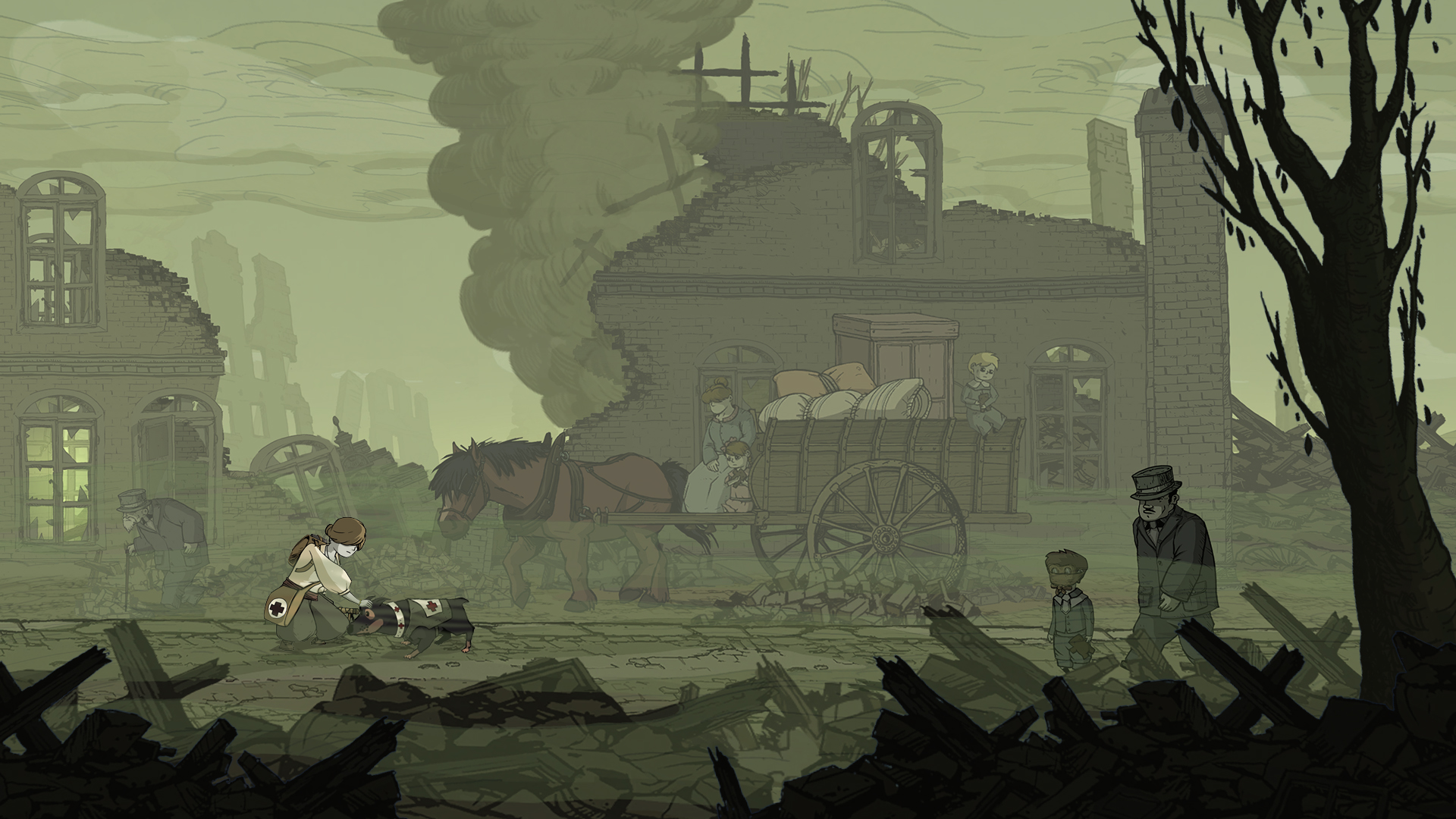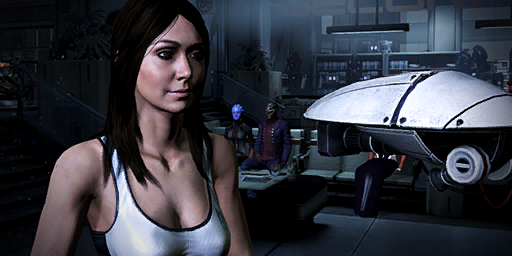In an effort to promote Namco’s recent edition in the Soul Calibur franchise- Soul Calibur: Lose Swords, a free to play downloadable game available for PS3 – and perhaps in an attempt to boost the fighting franchise’s relevancy, Namco will be offering their players the chance to attain some “season appropriate” downloadable content for the game based on their in-game activity. Although Soul Calibur is not exactly known for its respectfully, feasibly, or reasonably designed female costumes or character models, this round of DLC takes it to another extreme. These costumes are none other than swimsuits, bikinis specifically, designed exclusively for the female characters. Promotional pictures for the costumes range from “traditionally summer” shots where the gaggle of girls pose provocatively to those that highlight the ridiculousness of wearing a bikini while in the midst of a battle with steel weaponry. While I can’t say that this was particularly surprising given Soul Calibur’s track record, it did inspire me to question the way in which costume-centric DLC is employed by developers.
I personally have mixed feelings about the existence of alternate costumes as DLC. The consumer in me hisses at the price but my inner gamer enjoys having the additional customizable options. Regardless of personal preference, however, it’s hard to argue that DLC costumes for female players tend to fall into either (or sometimes both) of these categories: nostalgic or “sexy.” Nostalgic costumes draw upon the success of previous title editions or other popular franchises and purchase is generally the result of the player wanting to relive or re-experience some of those feelings of fun the other game delivered. The second category is what’s problematic as the additional costumes tend to be even more objectifying or contextually inappropriate as their originals.
Objectification of female characters within a video game occurs when the character’s identity gets overridden for mere visual pleasure. The female character becomes a tool for the straight male fantasy and their object of desire. This doesn’t mean that it’s wrong for female characters to be sexy and attractive, of course, but mere attractiveness slips into objectification when their bodies are presented in a way that frames them as little more than a sexual object for the pleasure of a male player.
While the “main” design of a female character might be over sexualized and objectifying, these additional costumes are often significantly more impractical and designed solely for enhancing the character’s sexualized appearance and crafting that character into an object. The persona and context behind the character becomes removed and is substituted for visual impact. Even a normally rich and strong character can essentially be undermined or overwritten with these costumes, becoming little more than eye candy. Because DLC is often either paid for or earned in some way, the exchange of something of worth for visual pleasure is encouraged, resulting in an even more exaggerated proliferation of the objectification of female characters. And I think my reaction to that is fairly well represented in Pyrrha’s look in the image above.




